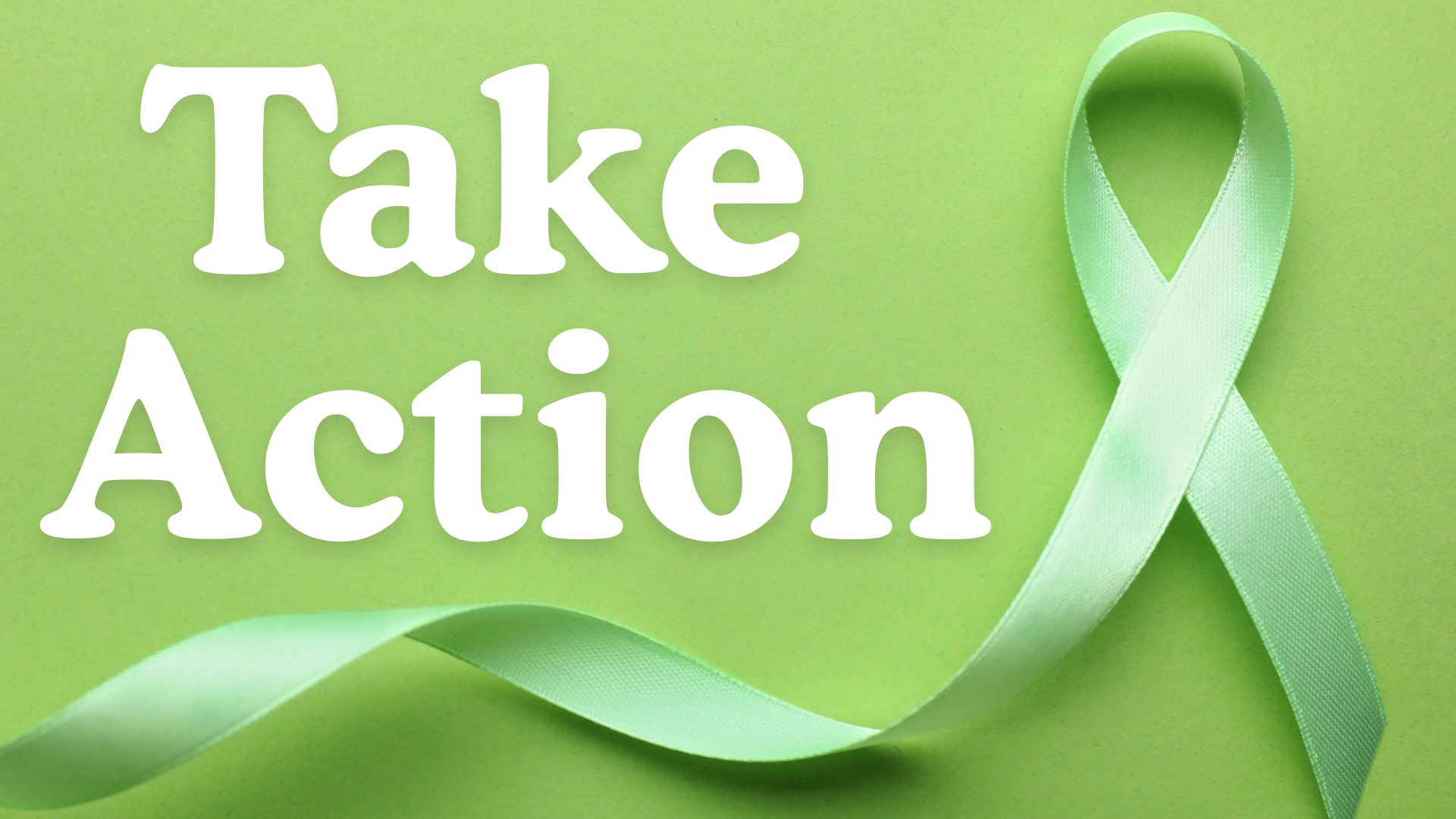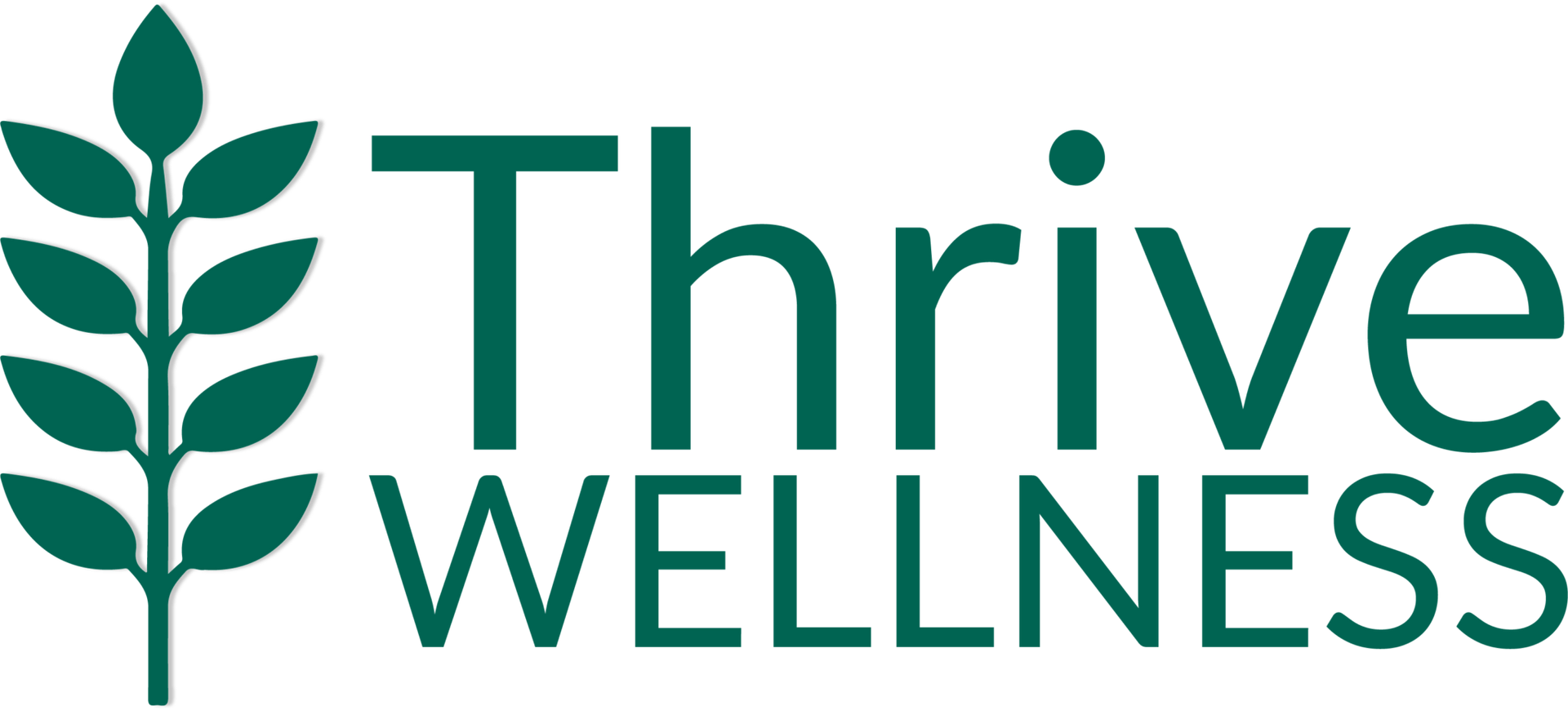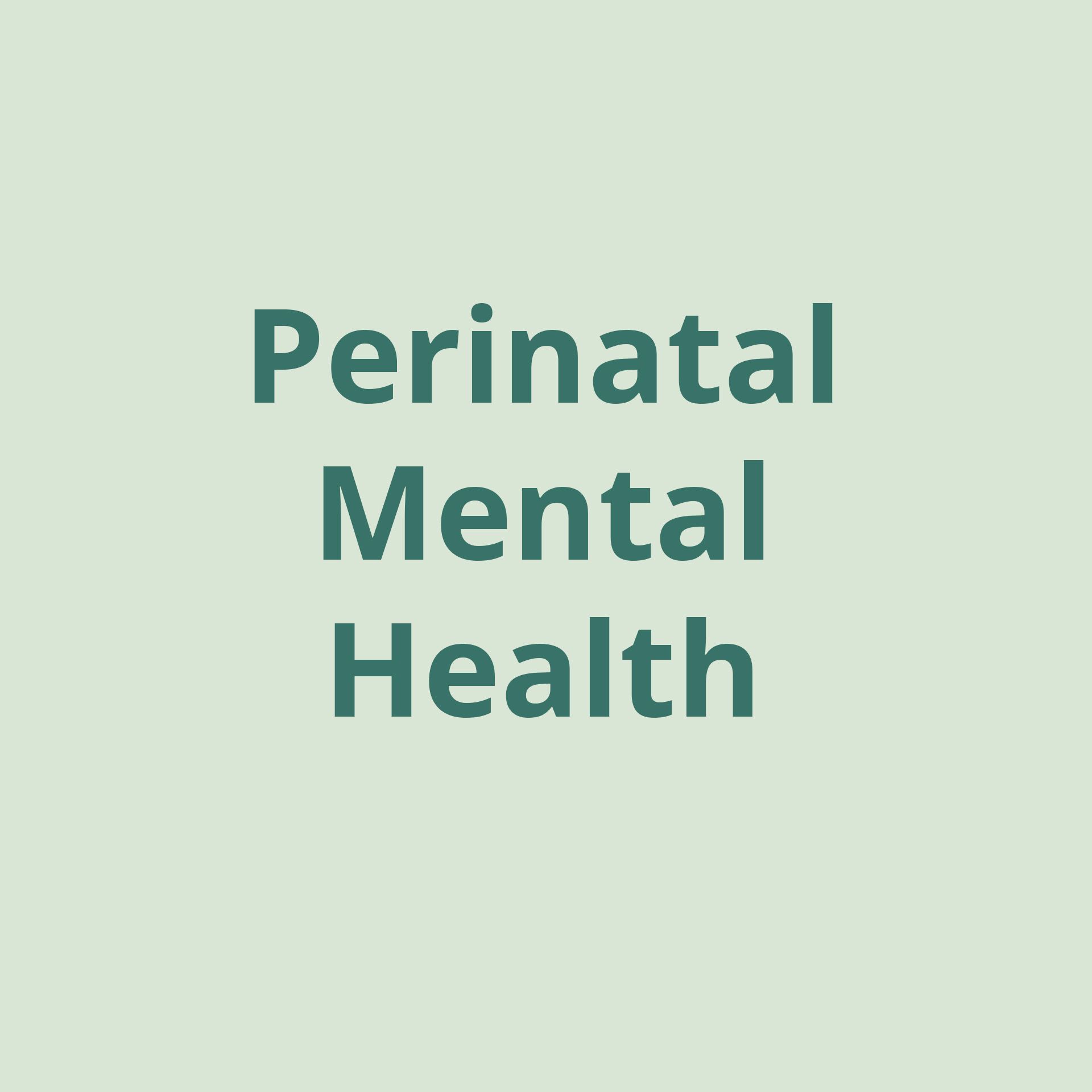LGBTQIA+ Mental Health: A Q&A With Thrive Wellness Waco Program Coordinator and LGBTQIA+ Affirming Clinician Austin Daron, M.A., LPC-A, Supervised by Harris T. Leonard, Ph.D., LPC-S

The dynamic LGBTQIA+ community includes an array of individuals who, while vibrant and diverse, also face unwarranted and harmful marginalized treatment by society. This cultural criticism can both lead to and exacerbate mental health challenges for LGBTQIA+ individuals. LGBTQIA+ affirming therapists work to create a safe, enriching space for LGBTQIA+ community members so they can embrace their identities confidently and contentedly. Learn more about LGBTQIA+ mental health in the below Q&A with Thrive Wellness Waco program coordinator and LGBTQIA+ affirming clinician Austin Daron, M.A., LPC-A (supervised by Harris T. Leonard, Ph.D., LPC-S).
Can you define the term LGBTQIA+ and address any common misconceptions about the meaning of the term?
The acronym LGBTQIA+ describes a community of members that possess sexual orientations other than heterosexual and gender identifications other than cisgender, a term that refers to those whose gender identity aligns with the sex they were assigned at birth. Each letter or symbol contained within LGBTQIA+ represents a designation within the community.
- “L” stands for lesbian which describes homosexual women.
- “G” stands for gay which describes homosexual men.
- “B” stands for bisexual which describes those who experience attraction to more than one sex or gender.
- “T” stands for transgender which describes those whose gender identity doesn’t align with the sex they were assigned at birth.
- “Q” stands for queer which is an umbrella term for those who aren’t heterosexual or cisgender. Previously used as a word to oppress, the term queer has in fact been reclaimed by the LGBTQIA+ community as a holistic way to refer to the entire group. Queer can also be used by individuals to describe themselves if they don’t necessarily want to disclose their specific sexual orientation or gender identity. “Q” also stands for questioning, as many are still in the process of exploring their most authentic sexual orientation and/or gender identity.
- “I” stands for intersex which describes those with reproductive or sexual anatomy that doesn’t fit within the binaries of “female” or “male.”
- “A” stands for asexual which describes those who feel little or no sexual attraction. “A” also stands for aromantic which describes those who feel little or no romantic attraction. Additionally, “A” stands for allies of the LGBTQIA+ community.
- “+” represents any sexual orientations and gender identities not designated within the LGBTQIA+ acronym, allowing for change and growth within the community.
What mental health concerns are especially prevalent in the LGBTQIA+ community?
According to the National Alliance on Mental Illness (NAMI) , LGBTQIA+ individuals are two to four times more likely to experience mental health concerns compared to the general population. Depression , anxiety , self-harm , and suicide are widespread among the queer community. Unfortunately, within the LGBTQIA+ youth population, all mental health conditions are even more pervasive, including depressive symptoms and suicidality. Struggles related to suicide are most prevalent among transgender youth who are twice as likely to attempt suicide compared to lesbian, gay, bisexual, queer, and questioning youth, according to NAMI .
Why are LGBTQIA+ individuals at risk for these mental health concerns?
Many adults and youths in the queer community deal with symptoms of trauma, oftentimes stemming from the widespread discrimination towards the group. The societal stigmas associated with being a member of the LGBTQIA+ community may also encourage physical and verbal abuse of those within the group, further contributing to their risk of experiencing trauma. To deflect cultural stigmas, many in the queer community hide their true identities and attempt to fit into social classifications more acceptable to the general public. Mental health conditions have more space to develop within this demoralizing environment.
What is an LGBTQIA+ affirming therapist?
Many LGBTQIA+ individuals have a tough time finding clinicians who are a part of or understand their community. If they’ve faced past mistreatment, they may also find it difficult to trust clinicians to support them. More and more clinicians, however, are moving towards an LGBTQIA+ affirming approach. These providers work to foster a sense of belonging, affirm their clients’ sexual orientations or gender identities, support them in embracing their true selves, and help foster an LGBTQIA+ accepting community.
What are some best practices in treating LGTBTQIA+ individuals who are struggling with mental health?
Most LGBTQIA+ individuals don’t seek therapy because they’re queer. Instead, they struggle with a diverse array of mental health challenges that require personalized treatment. LGBTQIA+ affirming clinicians won’t focus on a client’s sexual orientation or gender identity as a condition that requires treatment. Instead, they’ll apply evidence-based approaches that target the individual’s mental health struggles, such as by implementing trauma-based modalities to treat severe mental suffering stemming from being a member of a marginalized group.
What are some ways LGBTQIA+ individuals can promote their mental well-being?
Because the LGBTQIA+ community is so broad and we’re all just humans attempting to navigate life’s complexities, individuals of any sexual orientation or gender identity can benefit from exploring their deepest needs. From there, individuals will be able to take steps toward meeting those needs. For example, if a person is craving a hug, there may be a deeper need for comfort, love, or connection that’s fueling the desire for an embrace. Only when individuals understand their core needs can they engage in actions that satisfy their base longings. A mental health professional can help facilitate this inner examination of foundational needs that may be going unmet and guide clients in implementing strategies to fulfill any sense of deprivation.
LGBTQIA+ AFFIRMING MENTAL HEALTH SUPPORT AT THRIVE
At Thrive Wellness, not only are all sexual orientations and gender identities welcome, but they’re encouraged to embrace their truest selves. Our LGBTQIA+ affirming clinicians create a safe space that helps clients heal any mental or behavioral health struggles, implement skills that promote resilience, and lead an authentic life. Reach out to learn more about our outpatient therapy services.
About the Contributor
Thrive Wellness Waco Program Coordinator Austin Daron, M.A., LPC-A
Austin Daron attended the University of Mary Hardin-Baylor where he earned both a bachelor’s degree in clinical psychology in 2015 and a master’s degree in clinical mental health counseling in 2020 before becoming a licensed professional counselor-associate (LPC-A) under the supervision of Harris T. Leonard, Ph.D. Licensed Professional Counselor-Supervisor (LPC-S).
His career spans supporting higher levels of care, such as partial hospitalization programs (PHPs) and intensive outpatient programs (IOPs). At Pathlight Mood & Anxiety Center, he served as a program therapist where he facilitated group therapy for adolescents and adults in treatment. Prior to that, he provided individual and group therapy to students in the University Counseling Center at Baylor University while simultaneously working with a diverse underserved population at the Community Counseling Center in Belton, Texas.
Austin is passionate about meeting clients where they are and strives to work hand-in-hand with them to identify their needs and explore tools and support strategies that meet those needs. He strives to collaborate and find common humanity with clients in order to promote healing. Austin’s clinical specialties include treating obsessive-compulsive disorder (OCD), anxiety, depression, trauma, crisis intervention, self-harm, suicidal ideation, perfectionism, life transition, adjustment disorder, stress management, and LGBTQIA+ affirming. As a program coordinator at Thrive Wellness Waco, Austin joins a collective of caring clinicians committed to nurturing the well-being of the Waco community
When his time isn’t occupied offering help to others, Austin enjoys listening to audiobooks and podcasts, playing Dungeons and Dragons with friends, and caring for his two house-panthers, Corvus and Amaya, alongside his partner.
Supervised by Harris T. Leonard, Ph.D., LPC-S








